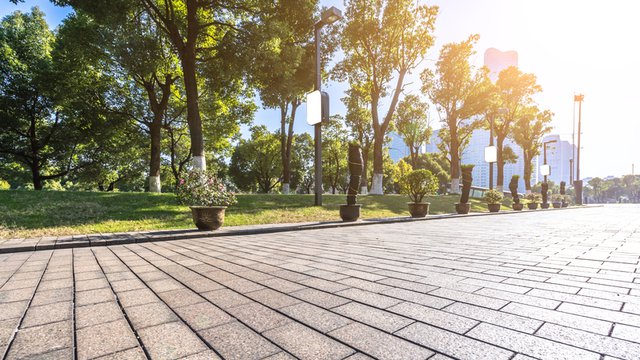

We may not pay attention to it because we are used to seeing it on a daily basis, but street furniture can be found in all our cities. They are those sets of objects and pieces of equipment that are installed on public roads, usually in a fixed or semi-fixed way, and that constitute various purposes. Among this furniture includes benches, rubbish bins and traffic barriers.
Each of the aforementioned elements, which are studied in depth within the Master in Architecture, play an important role within the visual configuration of our cities and parks. But what are the functions of the different types of furniture? Find out in this article everything you didn't know about street furniture.
There are of course different types of street furniture and equipment, and each carries out a certain function. Among the most common are:
When choosing street furniture, it is necessary to consider different factors:
It is important to make a list of the options and then decide which is really the most suitable furniture. Above all, the conditions for optimal functioning must be taken into account.
If we want to build urban furniture for a specific place, the climatic conditions of the site should be considered to know which is the best material. At the same time, exceptional conditions such as, for example, vandalism must be taken into account.
It is also necessary to consider the durability and permanence that each piece of furniture will have wherever we want to install it. It will not be the same if it remains fixed or if, at some point, it will be necessary to accommodate it.
Before deciding which elements to incorporate to the urban furniture, it is necessary to take into account both the initial cost of the furniture and its maintenance.
Over the years, street furniture manufacturers have been making progress in the sustainability of their works, while also adapting to urban mobility trends. Therefore, in the last decade, they have begun to look for ecological alternatives that emphasise the idea of sustainable urbanism (you can learn more about these issues in our Degree in Architecture). For example, replacing wood with recycled plastic to obtain the same function and better durability.
The task of developing urban furniture so that it adapts and responds appropriately to the spaces and needs of society is not easy. In this sense, it is crucial to understand the environment where you want to place it and carefully analyse how it will fit in in the place where it will be located.
Although we often overlook them, the elements present in the urban environment are sometimes the most distinctive element of a city. They form an integral part of its essence and, at the same time, offer us valuable information about its identity.